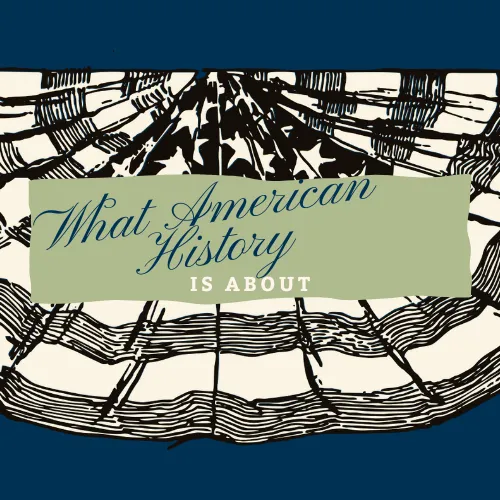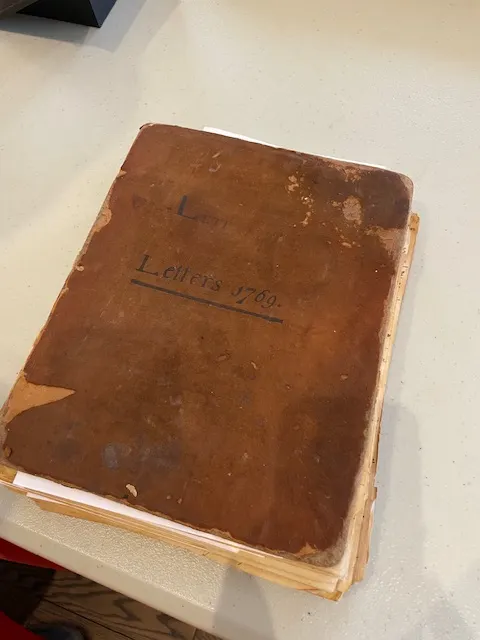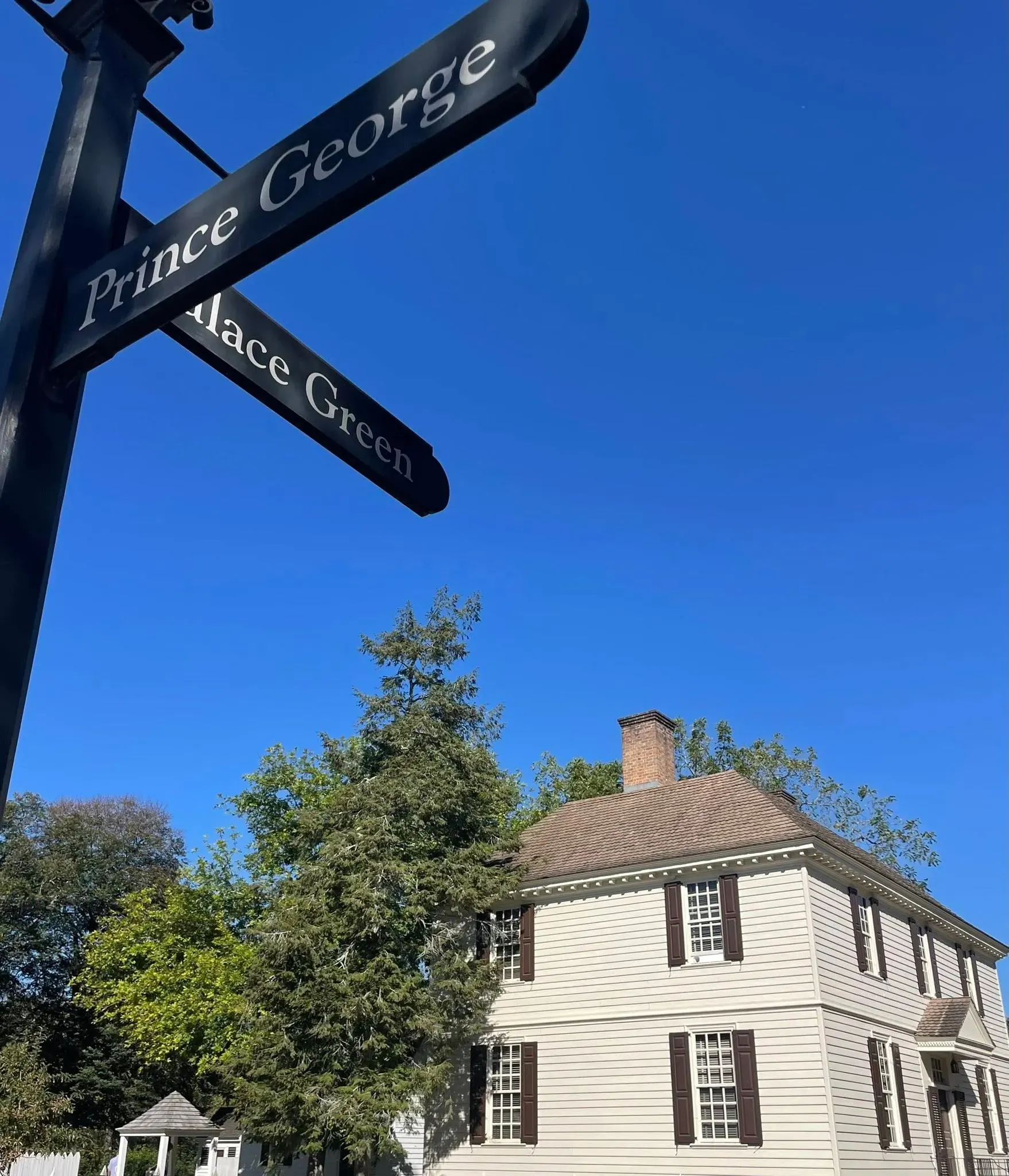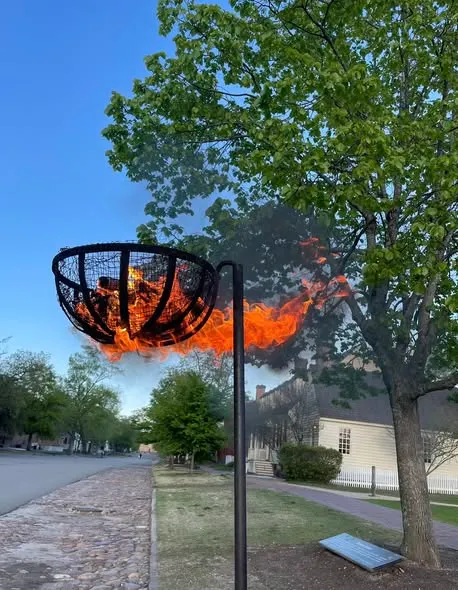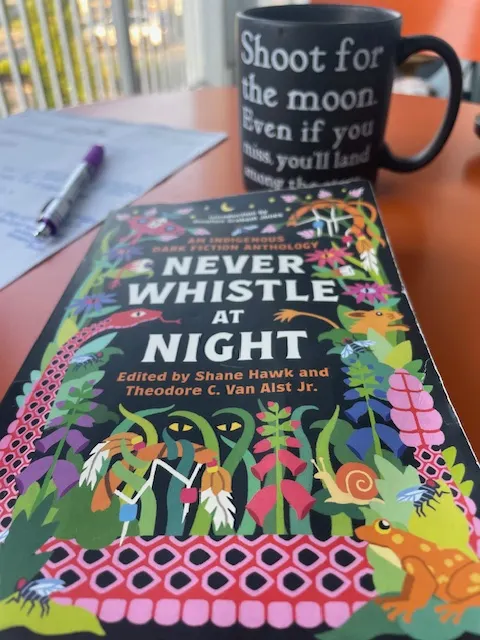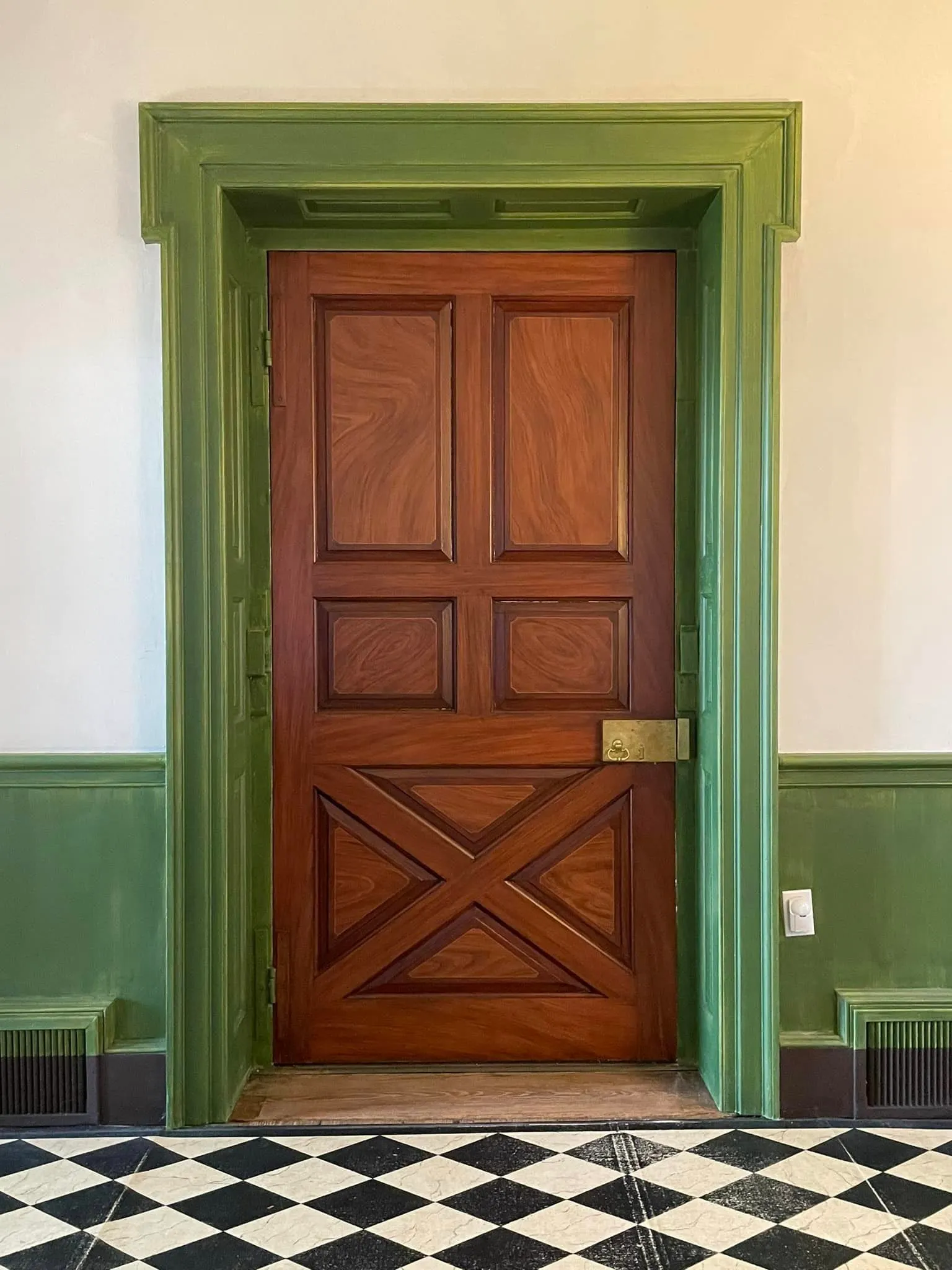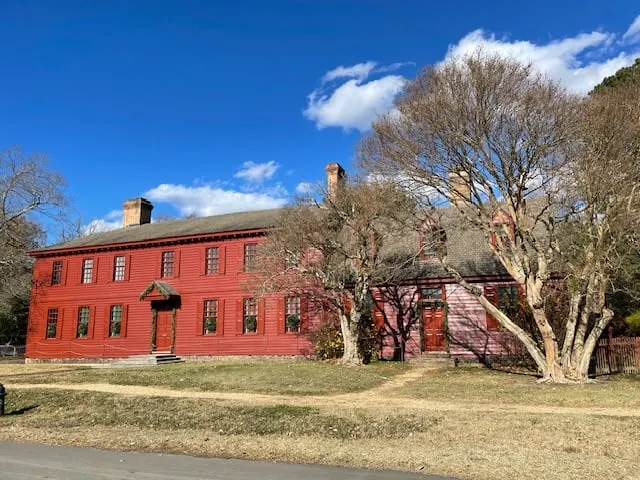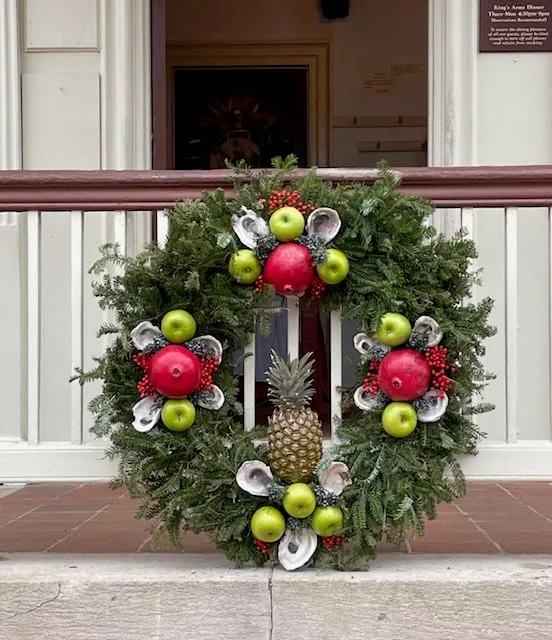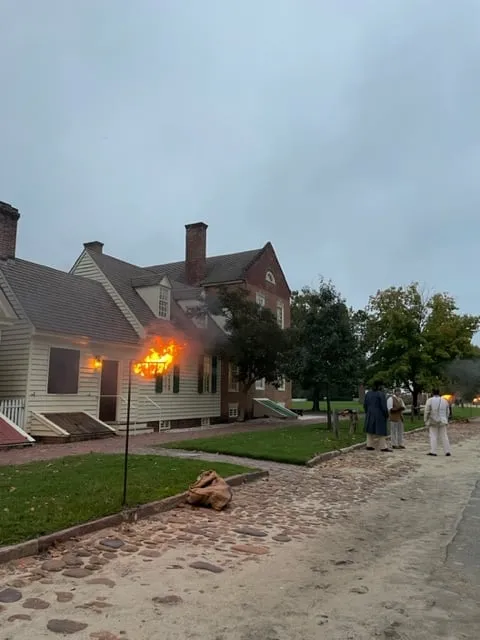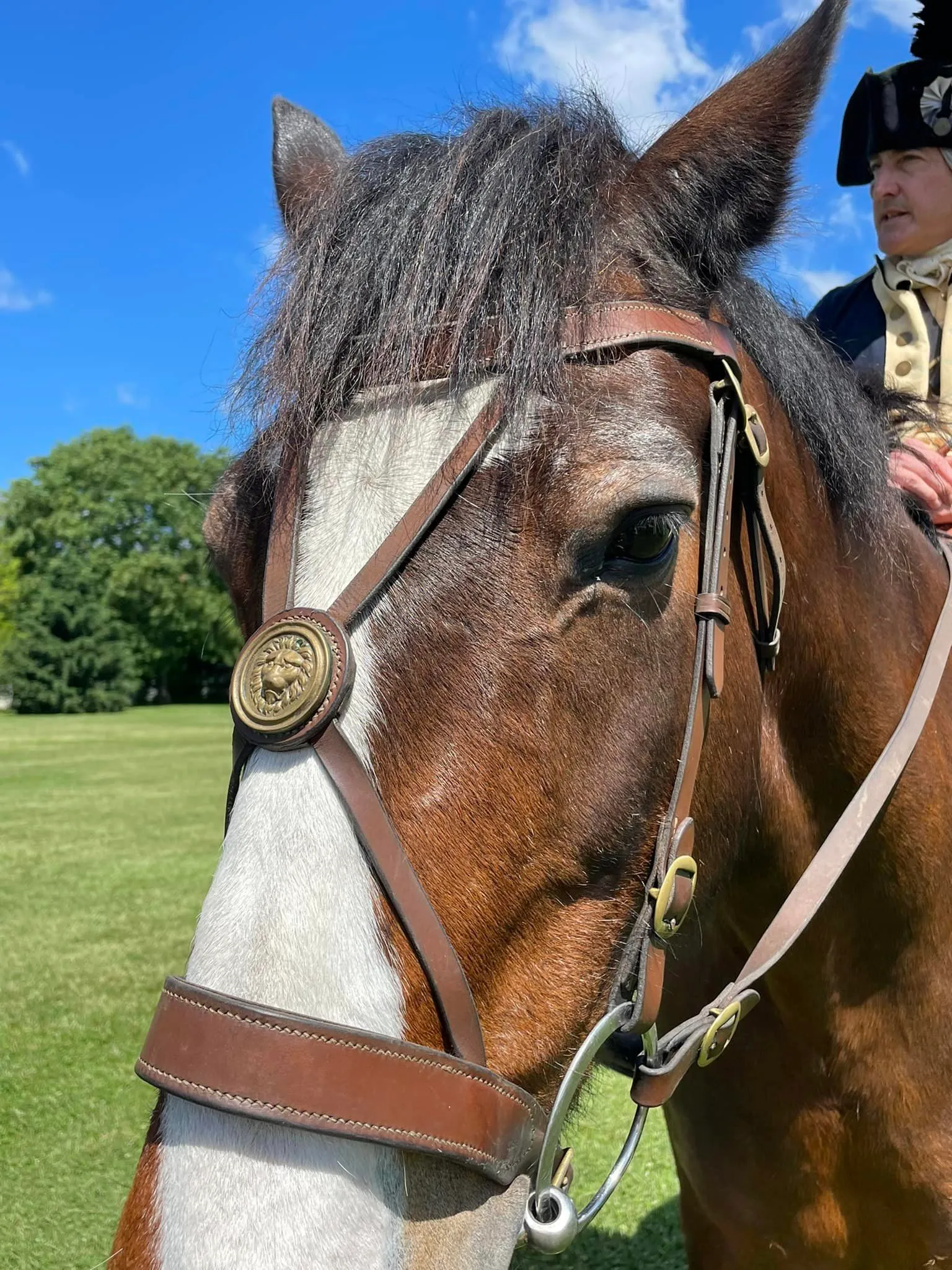Anne Geddy: Wife, Mom, and Businesswoman of the 18th Century
Did Anne Geddy make history? Maybe not, but she's an important person to discuss.
I happen to be writing this post at the beginning of Women's History Month. But those of you who have been reading along know that it's purely coincidental, not deliberate.
As I wrote in my post that went live during Black History Month, we should take the opportunity to learn all history any time of year, any month, or day of the week. Those opportunities happen daily, they don't stop at the end of a month dedicated to awareness.
Being a history nerd, I firmly believe all humans, all objects, buildings, art, etc. - are interesting. I keep this blog in a journal-style as ideas and learnings "happen" in my world. (and in my brain!)
I'd be writing about Anne Geddy no matter the month. Is this a 'Women's History Month' post? Maybe. It's definitely a women's history post.
Let's get to it.
Necessary disclaimer: As a blogger, I use affiliate links sometimes! I may receive commission from purchases I share; it does not change your price but sometimes you might get a discount.
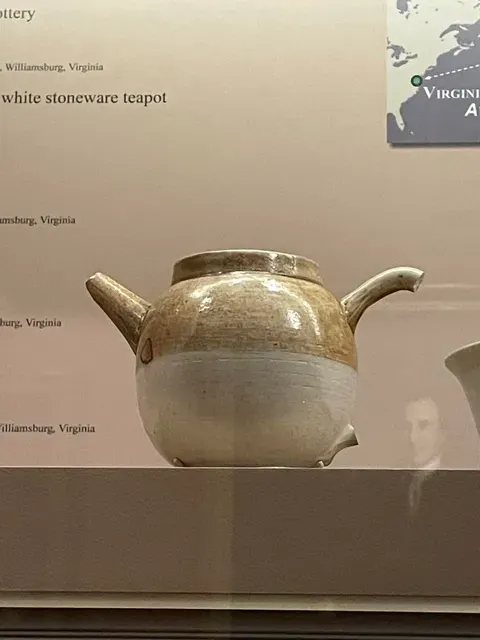
Geddy Teapot, free Art Museums of Colonial Williamsburg
Who was Anne Geddy?
Anne Geddy: Wife of a tradesman, mom to eight Geddy children.
James Geddy, Sr. is a well-known name in Colonial Williamsburg (CW), currently the largest living history museum in the world. His property is a celebrated spot at the corner of Duke of Gloucester and the Palace Green. Geddy was a founder and gunsmith during the first half of the 18th century.
While her husband was busy in his trade, Anne likely managed the household, as was the norm for 18th century women.
In 1744, when James Sr. suddenly died, Anne had given birth to their eighth child. Their eldest children still hadn't reached the age of legal majority. However, the property continued to remain in his family well after his sudden death in 1744.
When their son James (Jr.) bought the property from Anne and set up his business, he built her a house on his brother William's property according to the interpreter in the foundry.
That said, the details of Anne's birth and death seem to be sketchy- not surprisingly for the 18th century.
RELATED: Click here for a 4 minute video from Colonial Williamsburg about the Geddy Foundry and learn a bit about the trade.
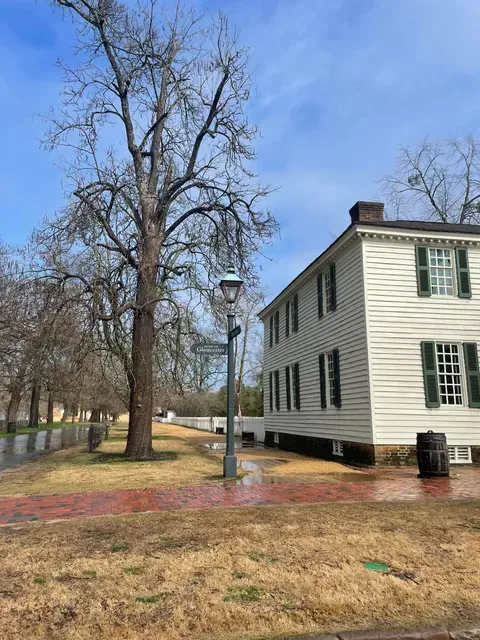
Corner view of the Geddy House in CW
Anne Geddy: Administratrix of her husband's estate.
Until her eldest turned the age of majority (21 in 18th century America), Mrs. Geddy was responsible for her deceased husband's estate. The idea of an administratrix wasn't uncommon; in fact quite the opposite.
Martha Washington, upon the death of her first husband, Daniel Parke Custis, was administratrix for her children, heirs to one of the largest estates in Colonial America.
Hannah Lee Corbin became a femme sole, putting her fully in charge of her property after her husband Gawin passed. According to the Stratford Hall website, she would've lost part of his estate if she chose to remarry.
And yes, Stratford Hall is on my list of places to visit. Have you been there? Drop a note in the comments!
RELATED: Click here for my post about Hannah Lee Corbin and two more women from American history.
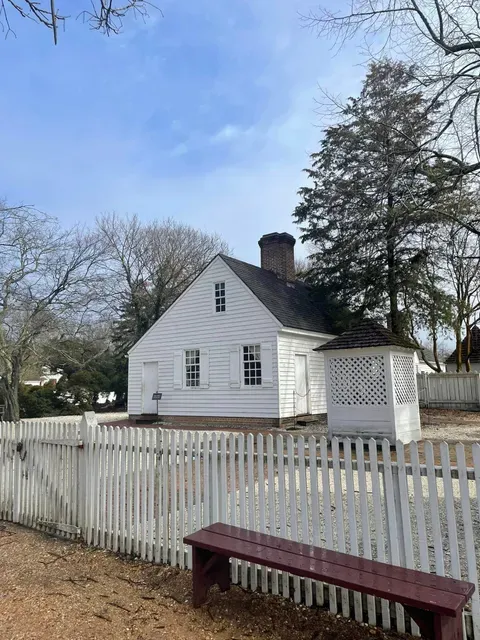
Entrance to Geddy Foundry, 2024
Anne Geddy: Businesswoman.
As administratrix, the family's financial future rested squarely on Anne's shoulders.
Tasks like collecting debts from her husband's customers, organizing silversmith apprenticeships for her sons, and other legal responsibilities were undoubtedly part of her daily life after James Sr.'s death.
It's amazing to me how often modern-day people dismiss the fact that in the 18th century, women often ran businesses as well as the family finances. What a Victorian 19th century view to think otherwise.
- CW recently added tavern owner Jane Vobe to its roster of "Nation Builders" (you can read my post about Jane by clicking here.)
- Running millineries were Margaret Hunter and her sister Jane Charlton (among others!). They were definitely businesswomen in 18th century Williamsburg and who both intrigue me and have a new performance in CW dedicated to them. Read more here.
- Don't forget Cady Greene, the famous General Nathaniel Greene's widow. I wrote a nod to her in this post early on.
When I watch visitors at CW ask questions about women, the answers (and I'm paraphrasing of course) always come back that women DID have this or that. They DID own businesses and/or work alongside husbands or fathers.
And it never ceases to amaze me how shocked people seem to be. This is possibly based on the perspective of 19th century and early 20th century struggles?
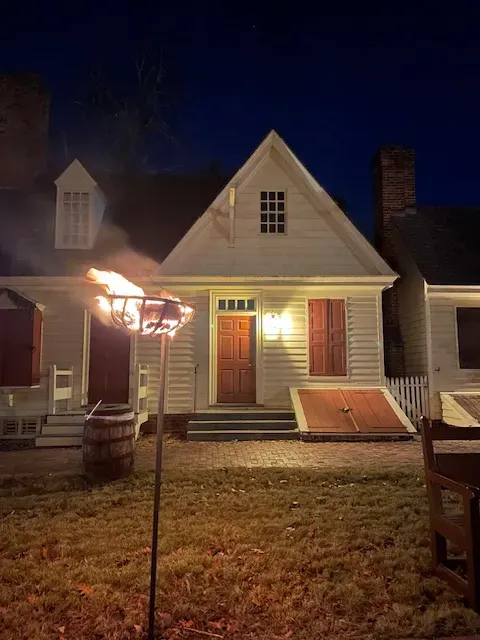
Cresset lit near Geddy House, Engraver's Shop 2025
Anne's link to history and my resulting rabbit holes.
Why highlight Anne Geddy in a blog post? Simple: she is an example of a wife and mother in early America. Her "regular" life fascinates me.
So yes, I had to write a short little post sharing some of the life of Anne Geddy. Because after all, this blog is titled What American History Is About, isn't it?
And honestly more posts may grow from this one!
How? The search for Geddy artifacts and art led me to CW's online museum collection. Then to the Art Museum building itself, where I found a teapot (known to be "The earliest white stoneware teapot excavated in America"). The online collection also led me to children's shoes donated by Anne Geddy Cross... maybe Geddy family history come full circle? Or a coincidence?
These are the rabbit holes of history I love!
RELATED: Learn about the teapot (pictured at top of post) where I found them online by clicking here to the CW art collection!
And if you're visiting Colonial Williamsburg, get tickets! But also, book a call with me to discuss how I can enhance your visit with a curated itinerary or customized walking tour! Click here.
Closing words from history.
This letter to Thomas Jefferson is from an administratrix' representative, to sell a cabinet in an effort to obtain money to pay off her deceased husband's debt. The hope is to keep the prized cabinet in New York, but he is unsure about the funds being available, so is offering it to Jefferson. Read the letter in full, with citations, by clicking here.
Francis Bloodgood to Thomas Jefferson, 5 February 1820
From Francis Bloodgood
Albany february. 5th 1820
Dr Sir
I have learned from some Gentlemen in the City of New York, that you are authorised or wish to purchase a Cabinet of mineralogy for the Central College of your State...
(letter continues)
The College of Physicians & Surgeons are very anxious to retain the Cabinet if possible—but have not funds to purchase, They have solicited me before I took any Steps to dispose of it—to wait, until they could have the oppertunity of applying to the Legislature of this state to purchase it—being anxious myself that it should be retained in the State, I granted them their request—and they have accordingly petitioned the Legislature, and their application is before them, to secure this invaluable establishment to the state, if not to them—Econemy being as much the order of the day here this session, as it is in the General Government, I must confess the success of their application is very doubtful—they tell me however if it cannot be affected at this session, it may probably at the next—but the administratrix cannot wait—the Estate of Dr Dewitt’s is much in Debt—those Debts must be paid and the Cabinet must be sold—I write to you Sir in behalf of the Widow—who is the administratrix to the Estate.1 if you or any other person are inclined to purchase, any communication made to me on the subject shall be duly attended to—The Price is fixed at a very low sum—to wit Ten thousand Dollars in order to effect a sale—
I am sir with considerations of the greatest respect and Esteem
your most Obedt & Humble svt
Francis Bloodgood
Are you enjoying the blog? Use my online tip jar and buy me a coffee:
There is a huge practical disclaimer to the content on this blog, which is my way of sharing my excitement and basically journaling online.
1) I am not a historian nor an expert. I will let you know I’m relaying the information as I understand and interpret it. The employees of Colonial Williamsburg base their presentations, work, and responses on historical documents and mainly primary sources.
2) I will update for accuracy as history is constant learning. If you have a question about accuracy, please ask me! I will get the answer from the best source I can find.
3) Photo credit to me, Daphne Reznik, for all photos in this post, unless otherwise credited! All photos are personal photos taken in public access locations or with specific permission.
